With the development of the technologies. Here, we move on to reality such as augmented reality, virtual reality and mixed reality.
- In Augmented reality (AR) objects are superimposed on the real-world environment in augmented reality.
- Virtual reality (VR) refers to the user in a completely synthetic environment.
- Mixed reality (MR) does more than just overlay virtual items; it also attaches them to the real world.
Table of Contents
Concepts of Augmented Reality vs Virtual Reality vs Mixed Reality with examples
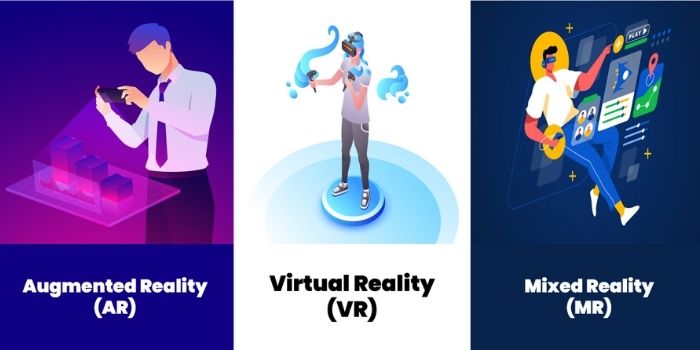
Augmented reality (AR)
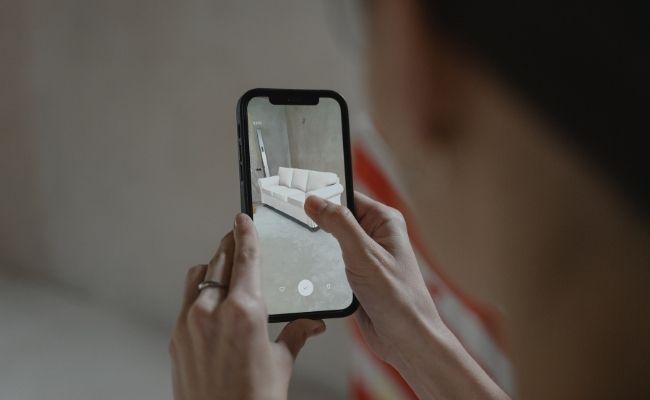
This technology allows you to walk around freely while projecting visuals onto anything you’re looking at. Augmented Reality apps and games like Pokemon Go, which use your phone’s camera to detect your environment and overlay more data on top of it on the screen, utilize the scope to smartphones.
AR monitors can range from simple data overlays that show the time to holograms hovering in the centre of the room. Pokemon Go overlays a Pokemon on top with whatever the camera is staring at on your screen. Meanwhile, smart glasses like the HoloLens and many others allow you to virtually place floating app windows and 3D décor everywhere in you.
When compared to virtual reality, this technique offers a major advantage: visual immersion. AR apps appear on your smartphone or tablet screen, and the HoloLens can only reflect visuals in front of your eyes in a small area. When a hologram vanishes as it goes out of the rectangle in the centre of your view, or when you have to share a little screen while thinking that the thing on that screen is in front of you, it’s not particularly realistic.
Basic AR that maps basic information over what you’re looking at can work well with 3DOF (three degrees of freedom). Even so, most AR applications, in certain form or another, require 6DOF to monitor your physical state. As a result, the software can keep the images it projections in 3D space in consistent locations. As a result, the software can keep the images it projections in 3D space inconsistent positions. That’s why the HoloLens employs a stereoscopic camera and sophisticated pattern recognition to keep track of its location at all times, and why more modern, AR-focused devices utilise several rear-facing cameras to measure depth.
Examples devices of AR
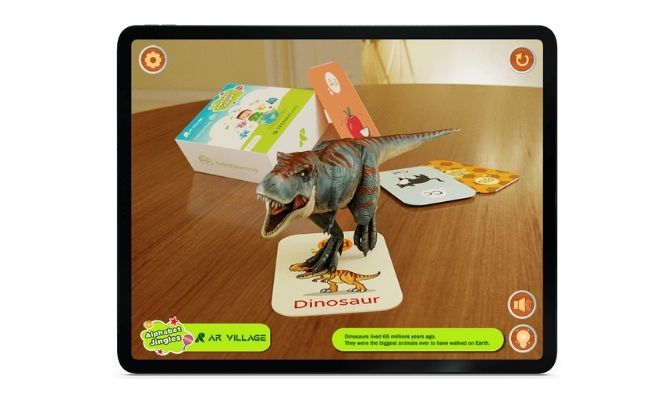

Virtual Reality (VR)
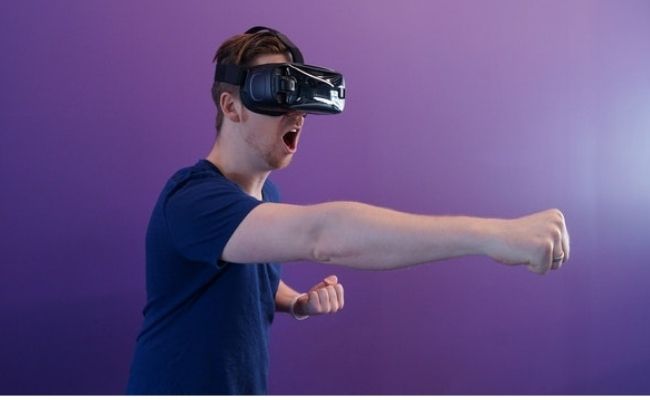
Virtual Reality entirely covers and replaces your field of vision where AR apps appear on your smartphone or tablet screen. The Valve Index, PlayStation VR, HTC Vive Cosmos, Oculus Quest, and other headsets are transparent, obstructing your view of the world when worn. You might assume you’re blindfolded if you put them on when they’re switched off.
When the headsets are turned over, though, the lenses refract the LCD or OLED panels within, filling your field of view with whatever has been presented. It could be a game, a 360-degree film, or simply the virtual world created by the system interfaces. Visually, you are transported to wherever the headset desires; the real world is substituted by a virtual version.
6DOF motion tracking is used in tethered VR headsets like the index and PS VR, as well as freestanding VR headsets like the Quest 2. Additional sensors or cameras are used to provide this technology. This implies that the headsets detect not just the position you’re facing, but also any mobility you make in that area. Using this with 6DOF controllers, you can manoeuvre around in a virtual area with virtual hands. Although this area is usually only a few square metres in size, it is far more engaging than simply standing stationary and staring in different directions. The disadvantage is that you should be cautious not to stumble over any of the cables connecting the headset to your desktop or gaming system.
VR overrides your environment in both games and apps, transporting you to other locations. It makes no difference where you are personally. You can sit in the cockpit like you’re there in games. There are numerous virtual tours of distant locations that you can take as if you were there. Virtual reality offers a plethora of options, many of which involve replacing everything within your environment with something else.
Example of VR devices


Mixed Reality
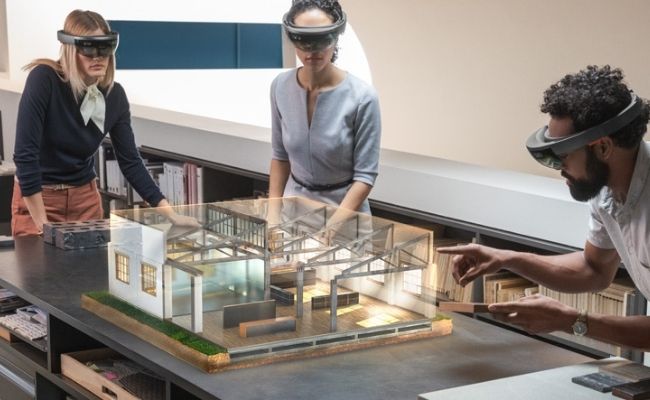
This is the most emerging advancements in reality technologies, and it might be confusing at times because distinct features that distinct events are labelled as such. Without getting too technical, let us take a look at two types of reality technology known as mixed reality.
- MR that begins with real world
Virtual objects can engage with the real world rather than just being overlaid on it. In this instance, the user stays in the real world whereas digital content is added to it. Further, this allows user to interact with virtual happenings. This type of mixed reality might be thought of as a more advanced kind of AR. Take a glance at how Skype is used on Microsoft HoloLens if you are having trouble understanding how it operates. - MR that begins with the virtual world
The digital world is rooted in and supersedes the physical world. A user is entirely absorbed in the virtual environment in this scenario with the actual world blacked out. Isn’t that something like virtual reality?. In reality, it does but the digital items overlapped the real ones although, in traditional VR, the virtual world is disconnected from the real world. Wear windows MR headsets to explore this type of reality.
Mixed Reality combines the physical and digital worlds that allow people to interact with computers and the environment in new ways. This is what Mixed reality looks like
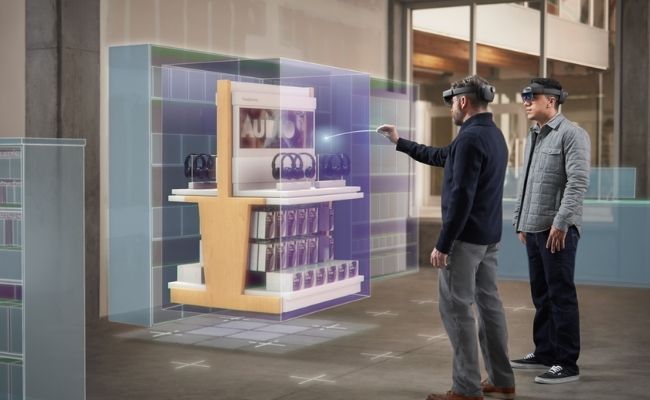
VR versus AR versus MR
First and foremost, let’s define the terms. VR can be used as a catch-all word to cover a variety of technologies that are close to but not identical to a virtual reality scenario. But how do AR and MR vary? Here’s some more information:
- The most well-known of these technologies is virtual reality. It’s entirely immersive, fooling your instincts into believing you’re in a different place or world than the real one. You’ll enter a computer-generated world of graphics and sounds through a head-mounted display (HMD) or headset, where you can manipulate items and navigate about using haptic controls while attached to a console or PC.
- Digital information is superimposed on real-world items in AR. One of the most well-known instances is Pokemon Go. The real world remains important, but AR reality enriches it with digital elements, stacking new layers of perception and complementing your reality or location.
- Real-world and computer elements are combined in MR. Using next-generation detecting and imaging technologies, you engage with and manipulate both actual and virtual products and surroundings in MR. without ever taking your headset, you can view and engage yourself in the world around you as interacting with a virtual world with your hands. It allows you to have one foot in the real environment and the other in an illusion, breaking down basic conceptions such as real and imagined and offering expertise that could change the way you play and work every day.
Check Also: Techax Labs AR-VR Services
